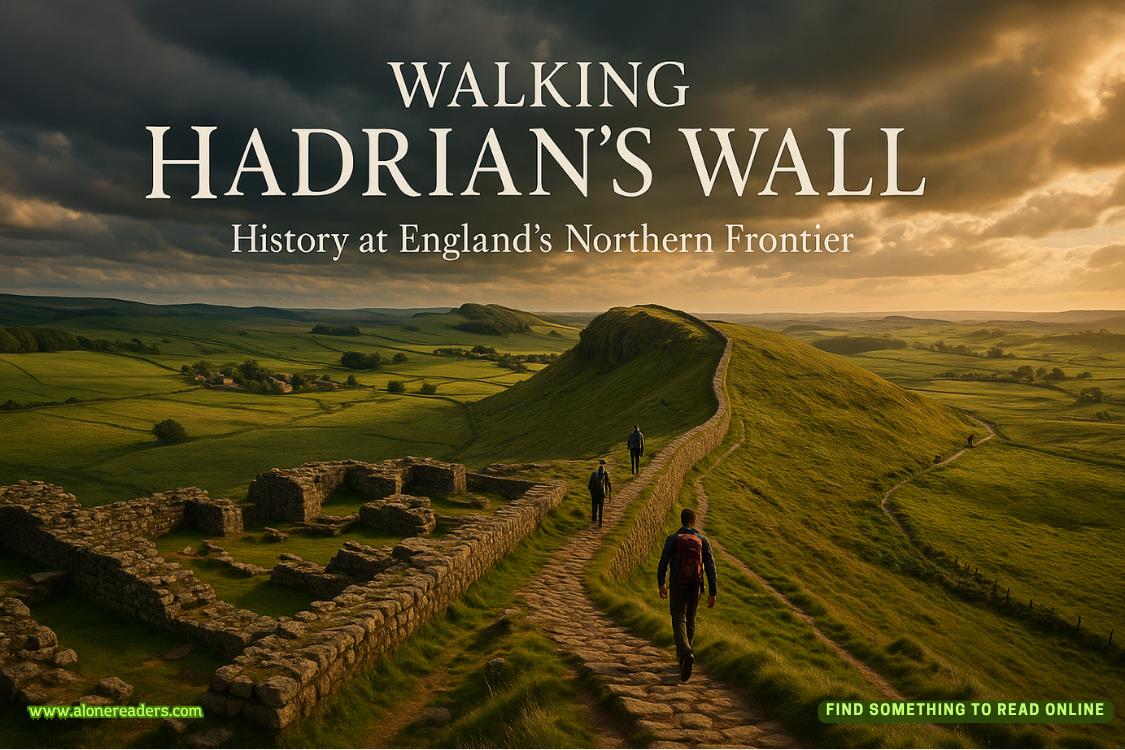Page 79 of X (Kinsey Millhone 24)
I was guessing he was the one who’d posted the signs mounted on the telephone pole because the materials were the same: poster board and black ink. Each sign was approximately eighteen inches long and eight inches tall, large enough to be legible to drivers in passing cars as long as they weren’t clipping along as fast as I had been. Now that I was standing in range, I had to tilt my face and use a hand to shade my eyes in order to see the sign near the top, which read “1925.” Midway down, a sign read “1955,” and close to the bottom, “1977.”
I gestured, saying, “What is this?”
The woman sitting at the card table responded on his behalf. “Land subsided twenty-eight feet. Sign at the top shows where it was in 1925. Bottom shows where it sank to by 1977. Monitoring system’s down, so it’s been twelve years since anybody measured.”
I was assuming she was his daughter, as they shared similar facial contours and the same electric blue eyes.
The old man watched me with interest. I shifted my gaze to him.
“Are you saying the land has literally sunk twenty-eight feet?”
“Land don’t hardly rise unless an earthquake buckles her in two. My pappy and my pappy’s pappy farmed this valley from 1862 onward. My grandpappy was thirteen years old when he first put his hand to a plow. Youngest boy of ten. They worked the land through the terrible drought of 1880 and come out good enough from what I hear tell. In those days the land was a paradise on earth, and it looked like the bounty wouldn’t never end.
“Then the government came along and proposed moving water from up yonder to down here and then on. They called it the State Water Project. More like Steal Water, you want my opinion. Good for growers. Good for flood control. A help to everybody is what they said. They built the Delta-Mendota Canal up north, the Friant-Kern Canal, and the California Aqueduct. Regulate and irrigate. Water flows. Water goes. The drought’s come around again and the water’s gone.”
“Daddy, that’s enough. This lady don’t want to hear you yammer on about the end of the world.”
“Actually, I’d like to hear what he has to say.”
“The groundwater was once plentiful. Runoff from snowpack in the high Sierras. Rain and more rain and the rivers were full up. One hundred and fifty years back, water was diverted at People’s Weir on the Kings River. The Kern River was diverted as well. Drought came around again and the water was cut back again as well, so the farmers around here refurbished the old pumping plants and drilled new wells. Nobody thought about the consequences. But the shallow aquifer declined and the deep aquifer declined. Land sinks when there’s nothing under her to hold her up. Twenty-eight feet’s a fact.”
His daughter said, “Compaction’s what it’s called, but all adds up to the same thing.”
I handed her two one-dollar bills and she put two bundles of asparagus in a brown paper bag.
“Where you from?” she asked.
“Santa Teresa.”
“Where you headed?”
“Burning Oaks.”
“I was there once. Didn’t much care for it. Maybe we’ll see you on your way home.”
“Always possible.”
• • •
Thirty minutes later, I hit the outskirts of Burning Oaks, where a sign indicated a population of 6,623. After the total, someone had added “give or take” in small print. The region was once known for its petroleum and natural-gas reserves and even now produced a continuous supply of crude oil. The local job economy had also enjoyed a boost from the Burning Oaks Correctional Institute, a privately operated low-security prison. The town itself was bigger than I’d imagined, covering fifteen square miles.
I drove the twenty-block width and the eighteen-block length in a grid pattern, taking in the whole of it. There was one Catholic church, St. Elizabeth’s, constructed in the style of an old California mission, which is to say, a number of rambling one-story stucco buildings connected under a zigzagging red tile roof. All of the other churches were outposts of off-brand religions. Apparently, the good citizens of Burning Oaks did not hold with the Baptists, the Methodists, or the Presbyterians.
The residential streets were five lanes wide, as generous as the commercial avenues that bisected the downtown. The homeowners seemed to favor raw board fences, picket fences, and tidy alleyways where trash cans had been set out waiting for the pickup. In addition to three mobile home parks, there were one-story frame and stucco houses of modest proportions. Neighborhoods were punctuated by tall palms, feathery pepper trees, paddle cactus, and telephone poles that listed to one side or the other, straining the overhead wires.











